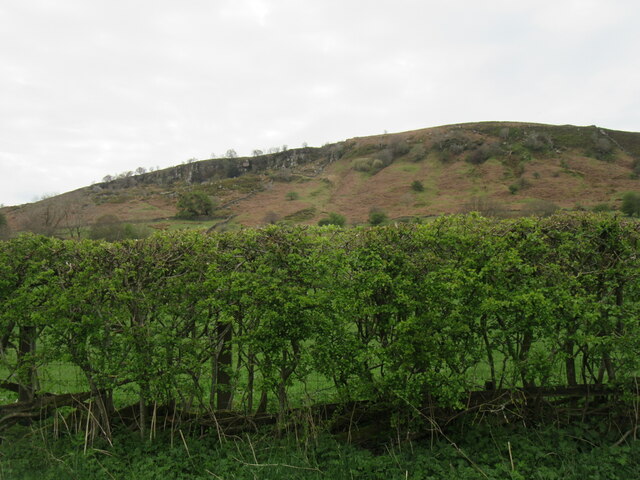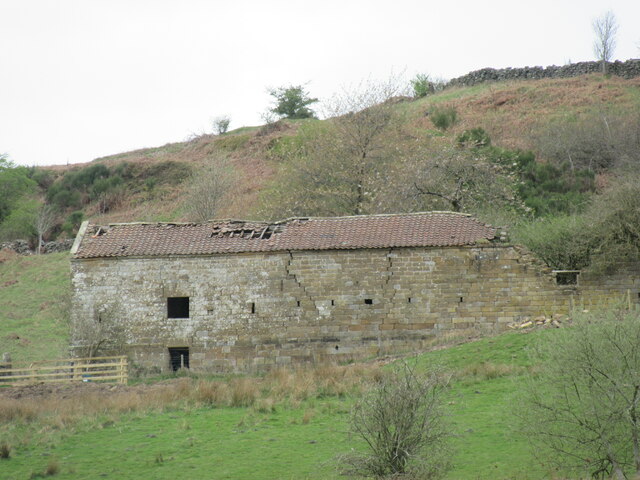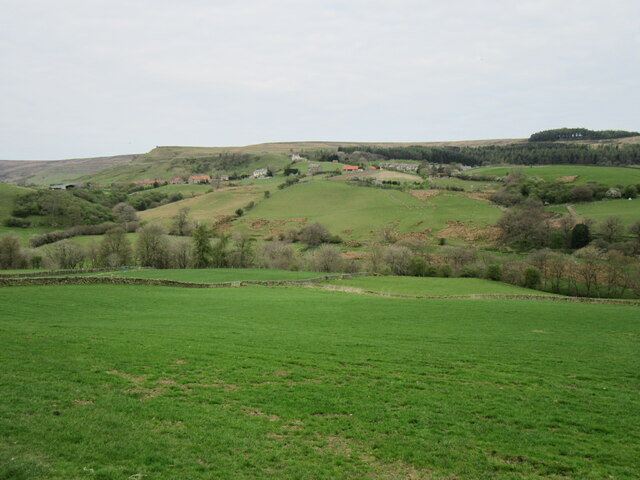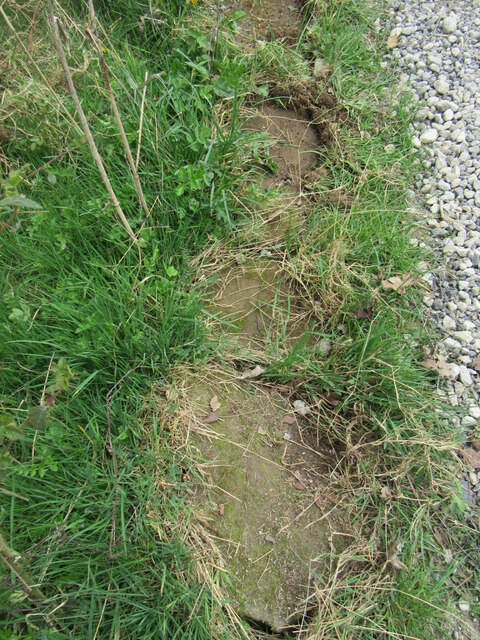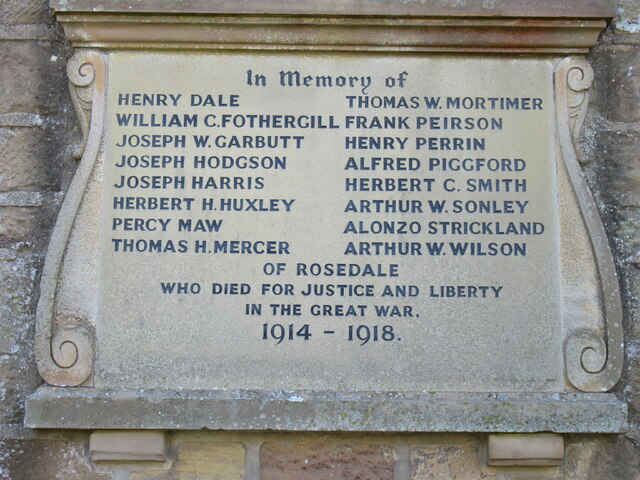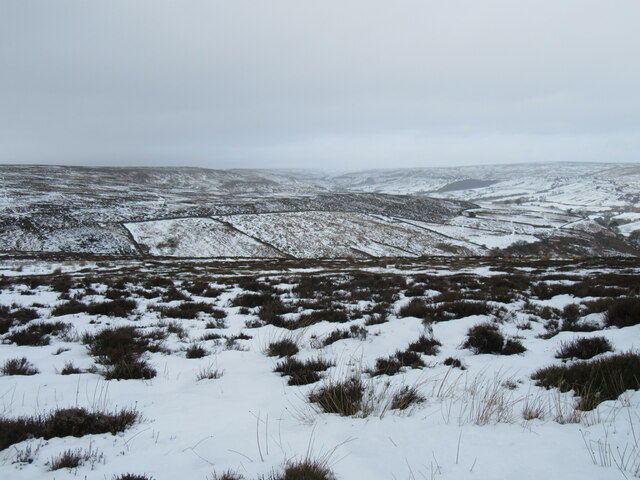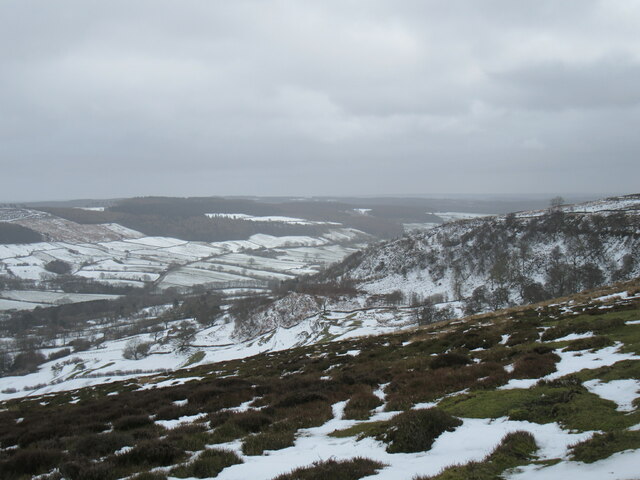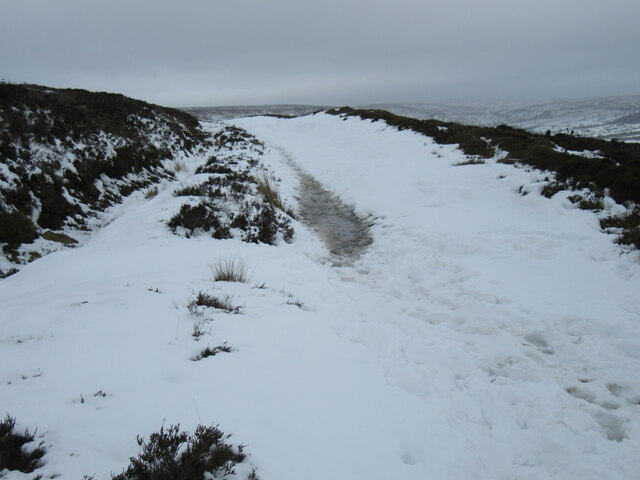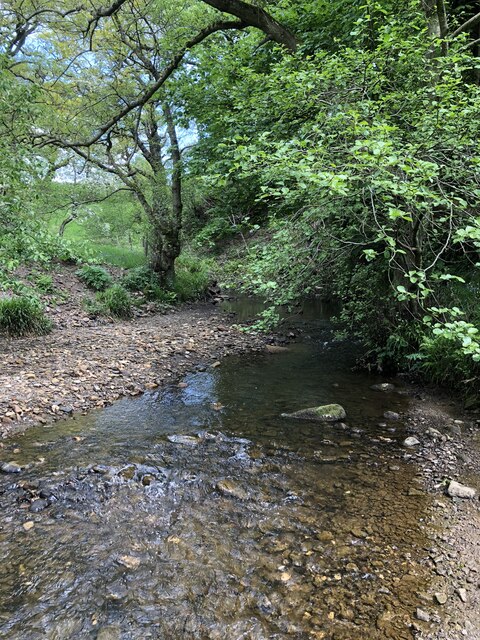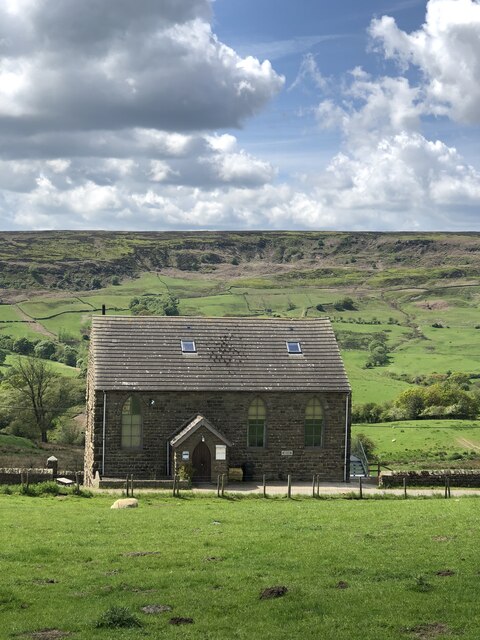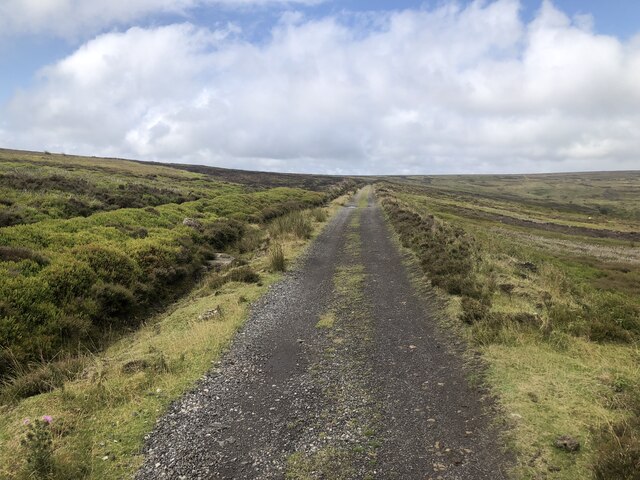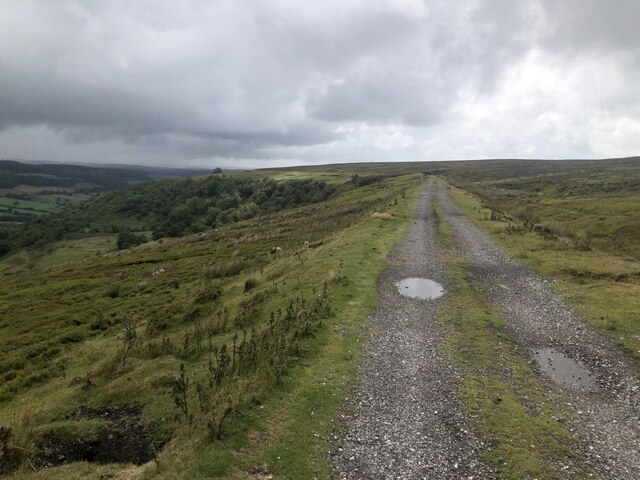Pike Howe
Heritage Site in Yorkshire
England
Pike Howe
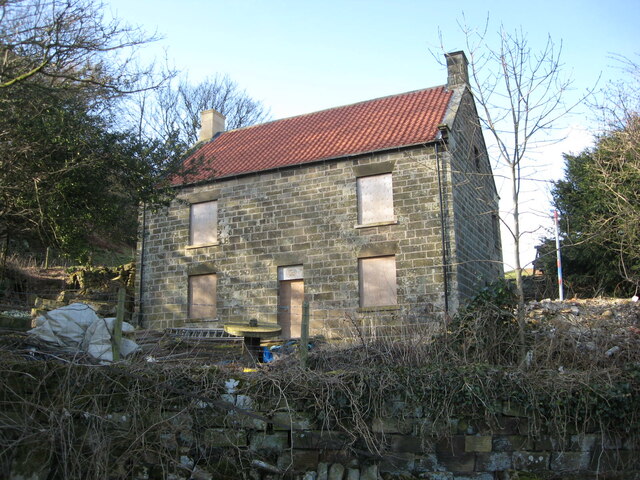
Pike Howe, located in Yorkshire, England, is a well-known heritage site that attracts visitors from around the world. Situated on the outskirts of the picturesque village of Ambleside, Pike Howe is a historic landmark that showcases the rich cultural and historical significance of the region.
The site itself is a large hill, offering stunning panoramic views of the surrounding countryside. It is believed to have been used for various purposes throughout history, including as a defensive structure during the Roman era. The remains of ancient fortifications can still be seen, adding to the site's intrigue and historical value.
Pike Howe is also associated with local folklore and legends, enhancing its appeal to visitors. One such tale tells of a hidden treasure buried somewhere within the hill, leading to numerous treasure hunters trying their luck over the years.
Today, Pike Howe is a popular spot for walkers and hikers, who can enjoy the breathtaking vistas while exploring the area. The site is easily accessible by foot, with well-marked trails leading to the top. It is also a great location for nature enthusiasts, as it is surrounded by lush greenery and wildlife.
In addition to its natural beauty, Pike Howe offers a glimpse into the region's past and serves as a testament to the area's historical significance. Its combination of history, folklore, and stunning views make it a must-visit destination for anyone interested in Yorkshire's heritage.
If you have any feedback on the listing, please let us know in the comments section below.
Pike Howe Images
Images are sourced within 2km of 54.358/-0.93 or Grid Reference SE6996. Thanks to Geograph Open Source API. All images are credited.
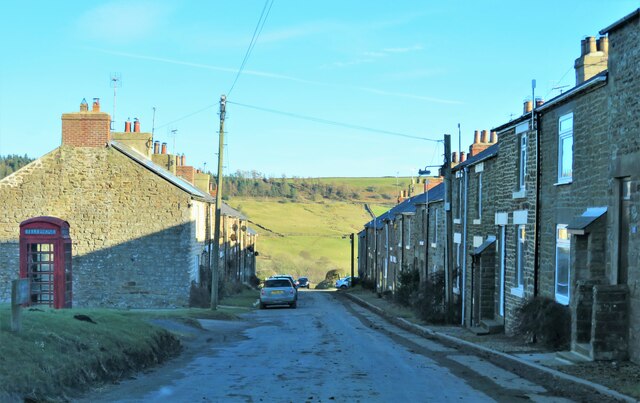
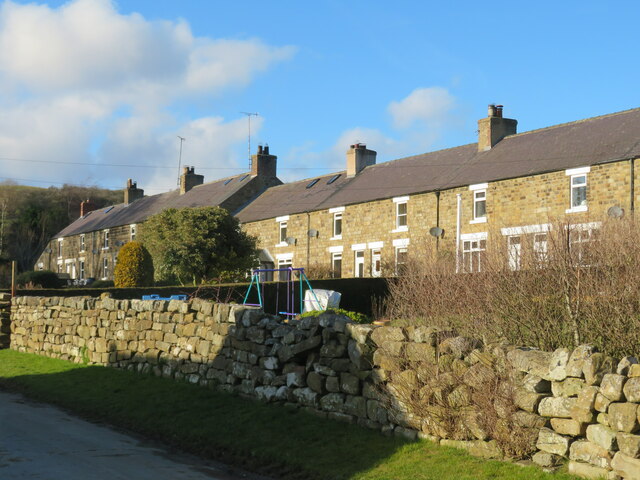
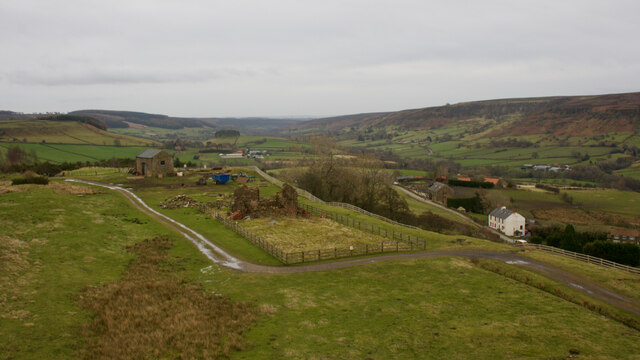
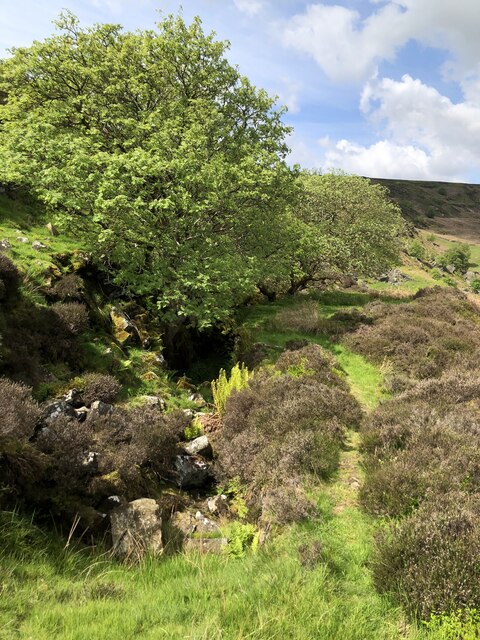
Pike Howe is located at Grid Ref: SE6996 (Lat: 54.358, Lng: -0.93)
Division: North Riding
What 3 Words
///loaning.diver.motor. Near Kirkbymoorside, North Yorkshire
Nearby Locations
Related Wikis
Ironstone mining in Rosedale
The Ironstone mining in Rosedale, was a major mining concern, in Rosedale, North Yorkshire, England. It flourished in the 19th century and ceased in the...
Rosedale, North Yorkshire
Rosedale is a valley located almost in the centre of the North York Moors national park in North Yorkshire, England. The nearest town is Kirkbymoorside...
Farndale
Farndale is a valley and community in North Yorkshire, England, which is known for the daffodils which flower each spring along a 7-mile (11 km) stretch...
Farndale Local Nature Reserve
Farndale Local Nature Reserve is a Local Nature Reserve (LNR) in the valley of Farndale, North Yorkshire, England. It is located within the North York...
Nearby Amenities
Located within 500m of 54.358,-0.93Have you been to Pike Howe?
Leave your review of Pike Howe below (or comments, questions and feedback).

